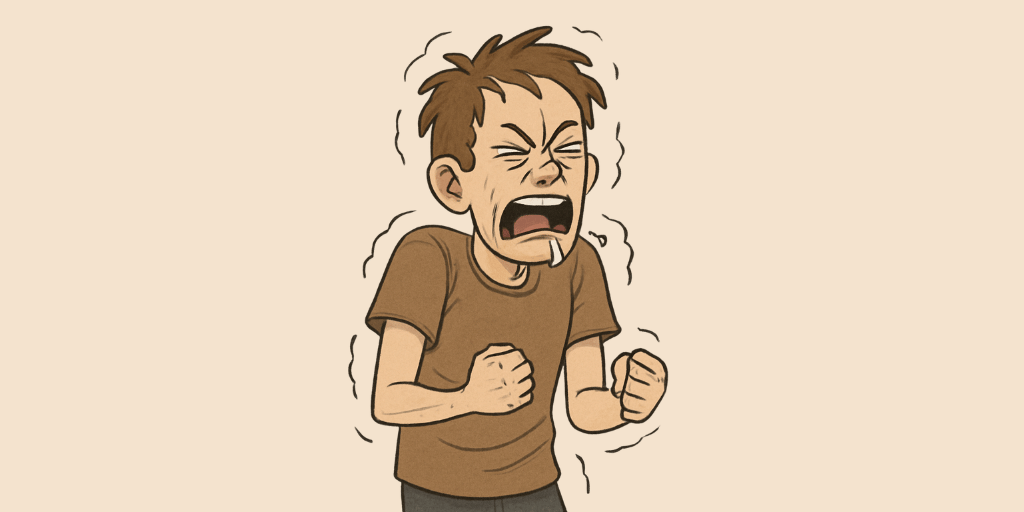Ayurvedic Name: Akshepak
Description:
Convulsions refers to convulsive disorders, including epilepsy and involuntary spasms, resulting from aggravated Vata in the nervous system. It manifests as sudden, repetitive muscle contractions, twitching, and jerky movements, often accompanied by unconsciousness in severe cases. Factors like chronic stress, improper diet, excessive dryness, trauma, and nervous exhaustion aggravate Vata, which leads to dysfunction in motor and sensory pathways. The condition can be classified based on the predominance of specific doshas, with Vataja Akshepaka presenting as intense, rapid movements, while Pittaja and Kaphaja types have different characteristics. Treatment includes Snehana (oleation), Shirodhara, Brahmi, Ashwagandha, and lifestyle changes to balance Vata and calm the nervous system.
Signs & Symptoms:
- Apasmara (Convulsions): Sudden, involuntary muscle contractions and spasms, often leading to loss of consciousness.
- Vata Prakopa (Nervous System Imbalance): Loss of coordination and body control during the seizure episode.
- Aruchi (Loss of Appetite): Loss of appetite following a seizure episode due to physical exhaustion.
- Dourbalya (Weakness): Extreme weakness or fatigue following the convulsion episode.
- Shwasa (Breathlessness): Difficulty in breathing during or after a convulsion due to muscle spasms in the chest.
- Bhrama (Dizziness): A feeling of dizziness or lightheadedness post-convulsion.
Diagnosis:
EEG (Electroencephalogram)
Risk Factors:
- Dietary Factors
Nutritional deficiencies, particularly in magnesium, calcium, and B vitamins, which are essential for proper nerve function.
Excessive consumption of alcohol or caffeine, which can disrupt the balance of electrolytes and trigger seizures. - Lifestyle Factors
Lack of proper rest, sleep deprivation, or irregular sleep patterns, which can contribute to seizures.
High levels of stress or anxiety, which may trigger convulsions in susceptible individuals. - Medical Conditions
Epilepsy or other neurological conditions that increase the likelihood of seizures.
Brain injuries, infections (e.g., meningitis), or metabolic imbalances like low blood sugar that can trigger convulsions.
Complications:
- Brain Damage (Mastishka Vikruti): Recurrent seizures can lead to brain damage and impair cognitive function.
- Physical Injuries (Sharir Pidana): Convulsions can result in falls or accidents, leading to bruises, fractures, or head injuries.
- Mental Health Issues (Manasik Dourbalya): Seizures and their unpredictability can lead to anxiety, depression, and social isolation.
- Memory Loss (Smriti Kshaya): Prolonged or severe seizures can result in memory problems and difficulty retaining information.
- Breathing Difficulties (Shwasa Vikara): Some types of convulsions, such as tonic-clonic seizures, can cause temporary difficulty in breathing.
Epidemeology:
More common in children, particularly those under the age of 5, due to febrile seizures or neurological conditions.
Can affect individuals of any age, though peak incidence is in early childhood and later in the elderly due to conditions like epilepsy.
Approximately 2-5% of children will experience a febrile seizure before age 5, while epilepsy affects about 0.5-1% of the adult population globally.
Higher incidence in individuals with a family history of epilepsy or neurological disorders.

